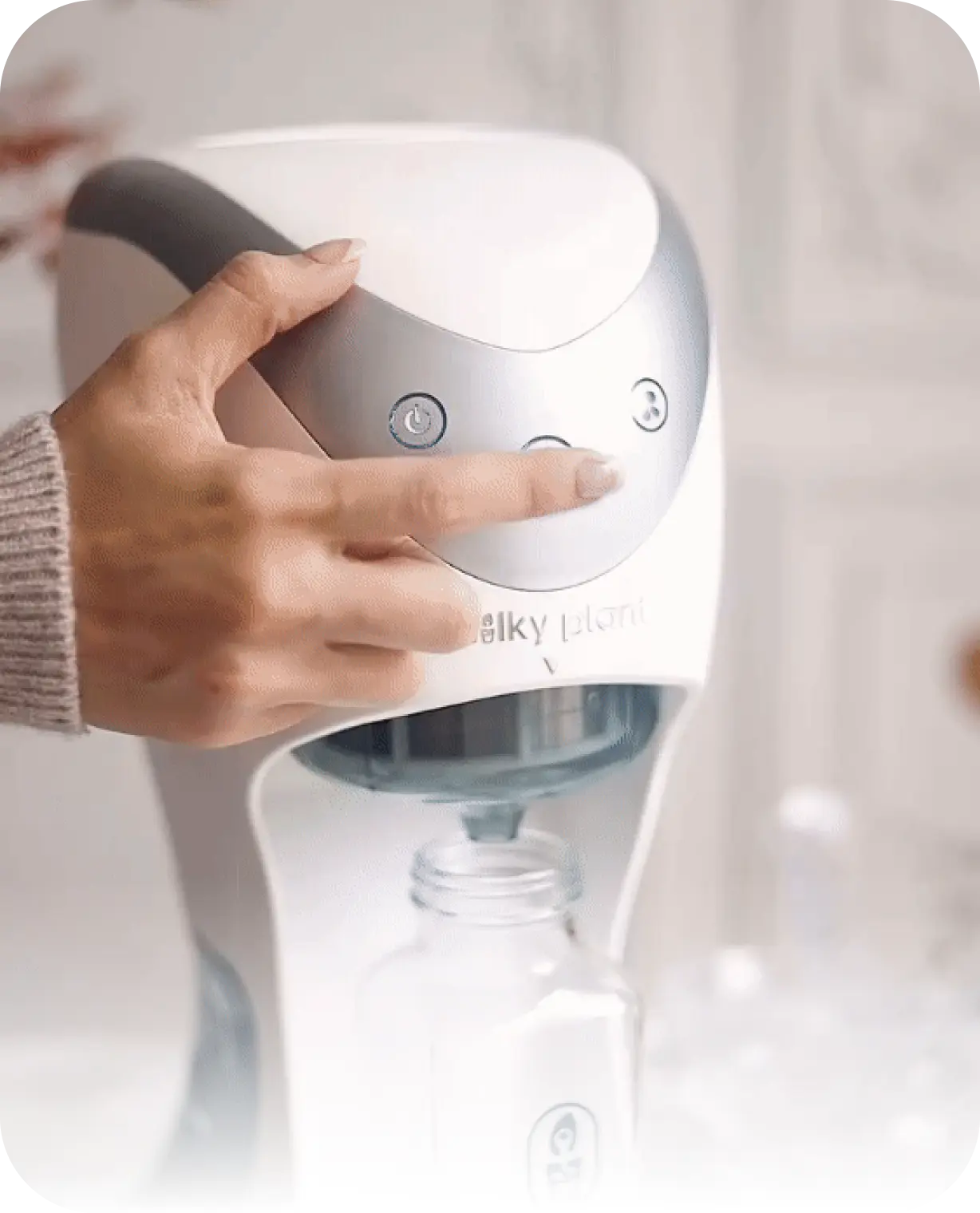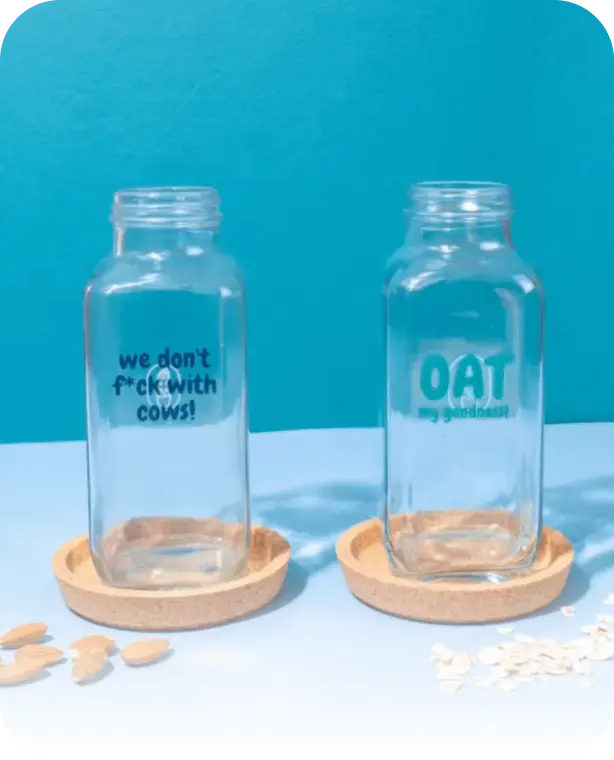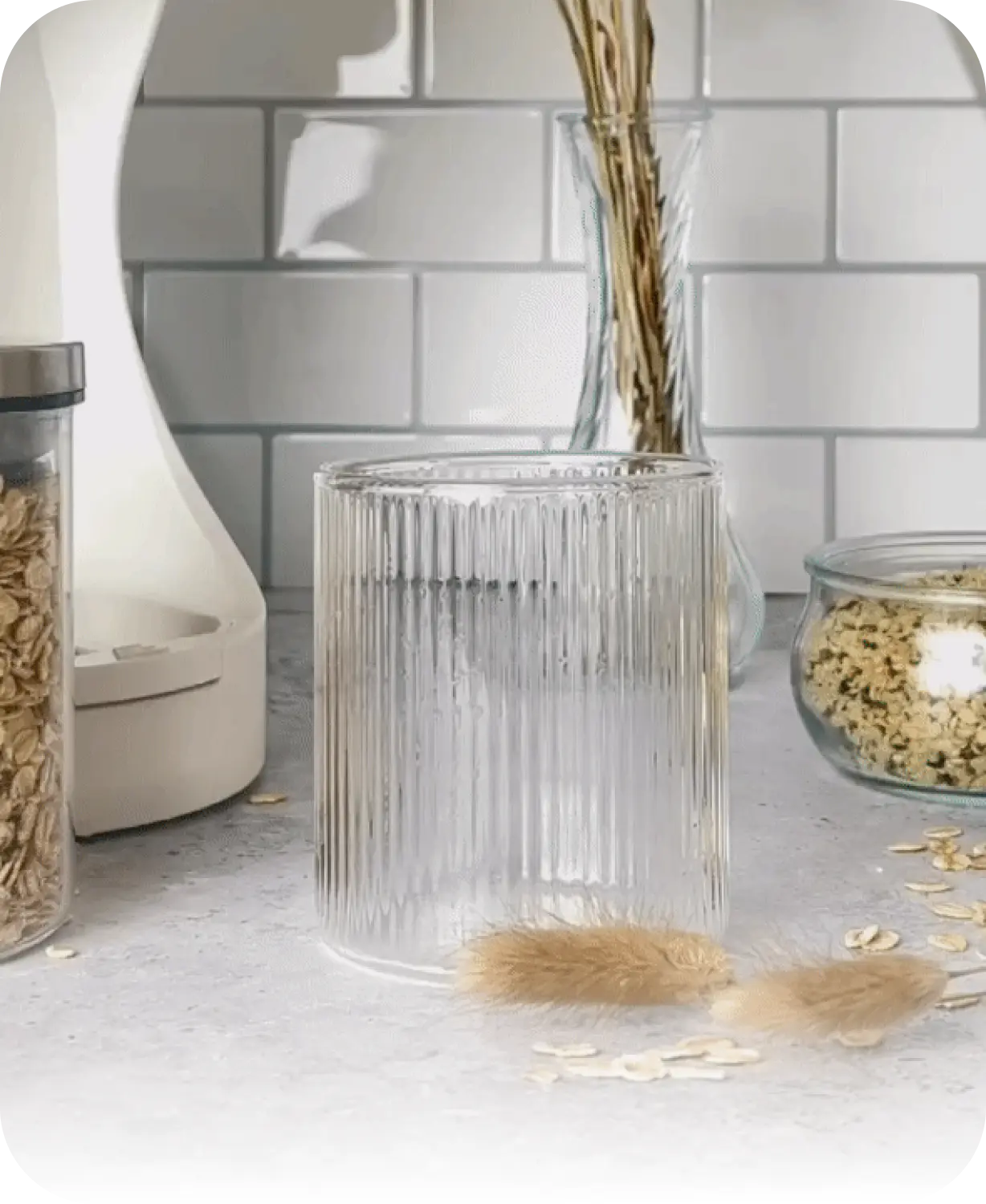Maintaining your Milky Plant Machine is crucial for ensuring the quality and hygiene of your dairy products. Two essential cleaning methods are self-cleaning and deep cleaning, each serving distinct purposes in keeping your machine in optimal condition. Let's delve into the key differences between these cleaning methods and how to execute them effectively.
Self-Cleaning:
Self-cleaning is a routine maintenance process designed to remove any residue or impurities from the machine after each use. Here's a step-by-step guide to self-cleaning your Milky Plant Machine:
- Begin by removing the filtering sieve and emptying it. Rinse the sieve thoroughly to remove any remaining particles.
- Place the cleaning brush in the filtering cup.
- Attach the filter cup back to the machine, ensuring a secure fit. Verify that the water tank is filled with drinkable water above the minimum level.
- Place an empty bottle at the Milky Plant's outlet to collect any cleaning solution.
- Ensure the lid is tightly sealed, if not the machine wont turn on for safety reasons.
- Press and hold the start button for two seconds, followed by holding the cleaning button for another two seconds to start the self-cleaning process.
- Once the cleaning cycle is complete, remove and rinse the lid, filter cup, and brush. Allow the machine to air dry thoroughly before its next use.
For a visual demonstration of the self-cleaning process, refer to this Milky Plant Self Cleaning Video Tutorial video tutorial
Deep Cleaning:
Regular deep cleaning is essential to ensure the longevity and efficiency of your Milky Plant Machine. By performing a deep clean at least once a week, you can maintain impeccable hygiene standards and preserve the quality of your plant based milk. Here's a comprehensive guide to executing a thorough deep clean:
- Before commencing the deep cleaning process, prepare a cleaning solution by mixing water with a suitable cleaning agent such as sodium bicarbonate or Milky Plant washing powder. These agents are effective in removing stubborn stains and disinfecting the machine.
- Run the Milky Plant cycle without adding any ingredients, ensuring that the cleaning brush is inserted into the machine. This step allows the cleaning solution to circulate throughout the machine, dislodging any accumulated residue.
- Once the cleaning cycle is complete, remove the lid, filter cup, drip tray, and silicone from the lid. These components should be washed thoroughly with washing liquid to remove any residue or contaminants.
- Take a damp cloth and gently wipe the exterior of the Milky Plant Machine to remove any surface dirt or grime. Pay particular attention to the top of the sieve part, ensuring thorough cleaning and sanitation.
- After washing, allow all components of the Milky Plant Machine to air dry completely. This step is crucial to prevent the growth of mold or bacteria and ensure that the machine is ready for use.
For a visual demonstration of the deep cleaning process, we recommend watching the following Milky Plants Deep Cleaning Video Tutorial
This video provides step-by-step instructions and valuable tips to ensure that your Milky Plant Machine receives optimal maintenance and care.
In conclusion, ensuring the cleanliness of your Milky Plant Machine is crucial for producing high-quality plant-based milk products and maintaining consumer satisfaction. By incorporating both the self-cleaning process after each use and conducting a weekly deep clean, you uphold hygiene standards and optimize machine performance. Remember to air dry the machine thoroughly to prevent mold or bacteria growth. Prioritizing cleanliness not only enhances product quality but also builds trust with consumers, showcasing your commitment to their health and satisfaction.















